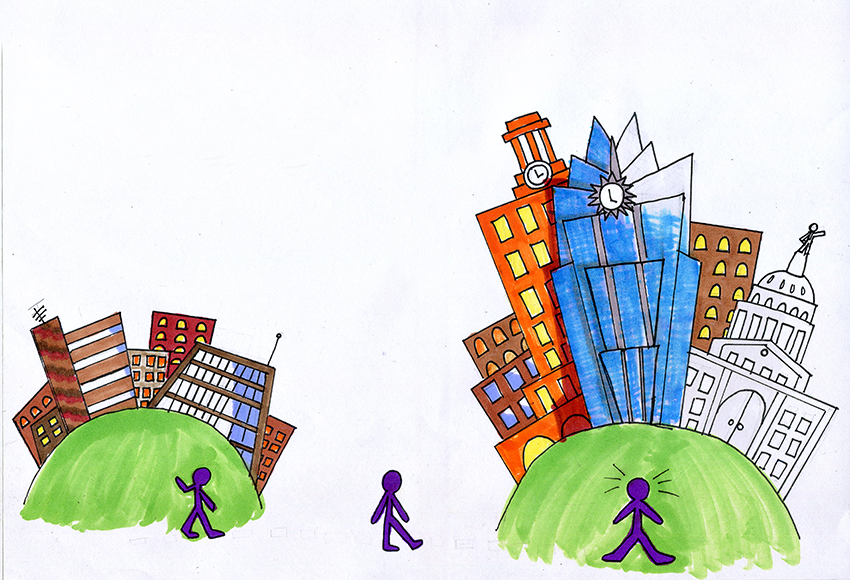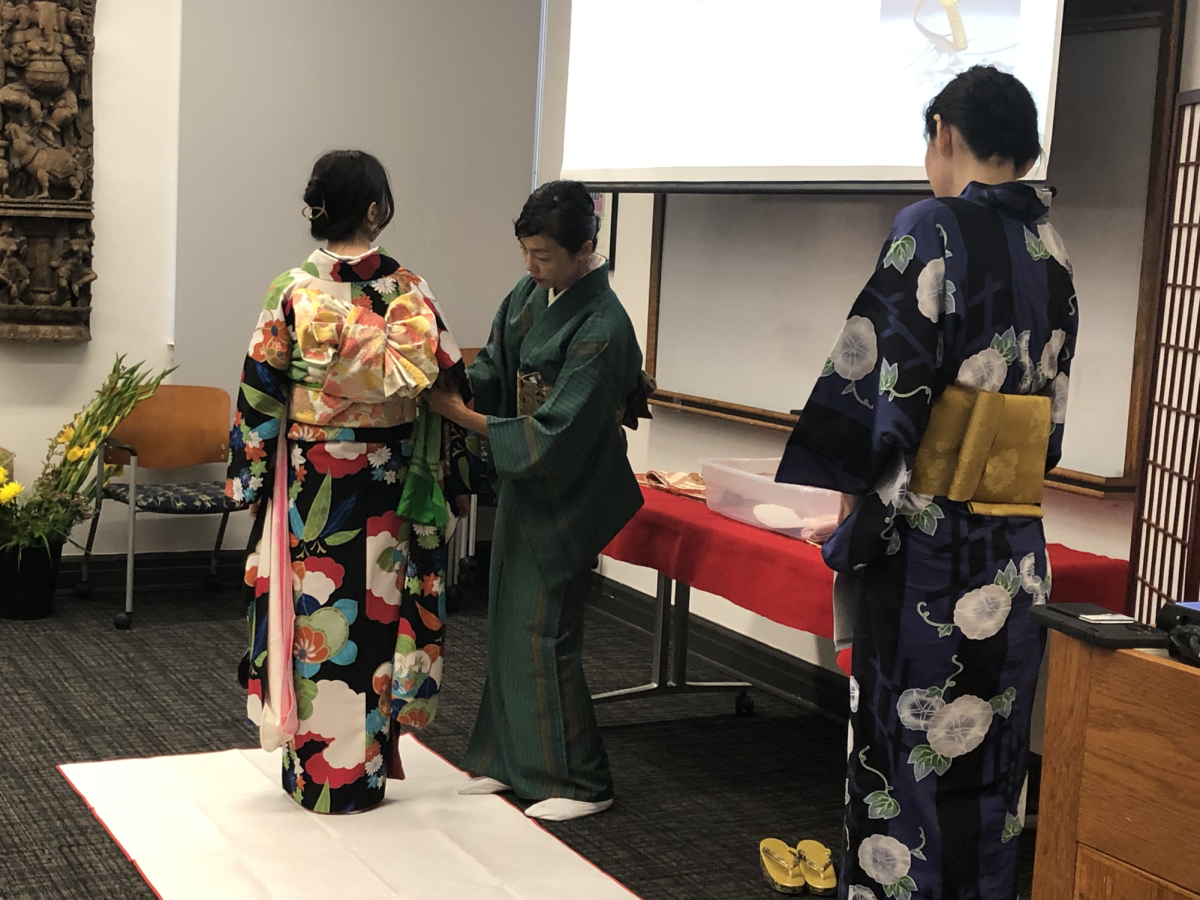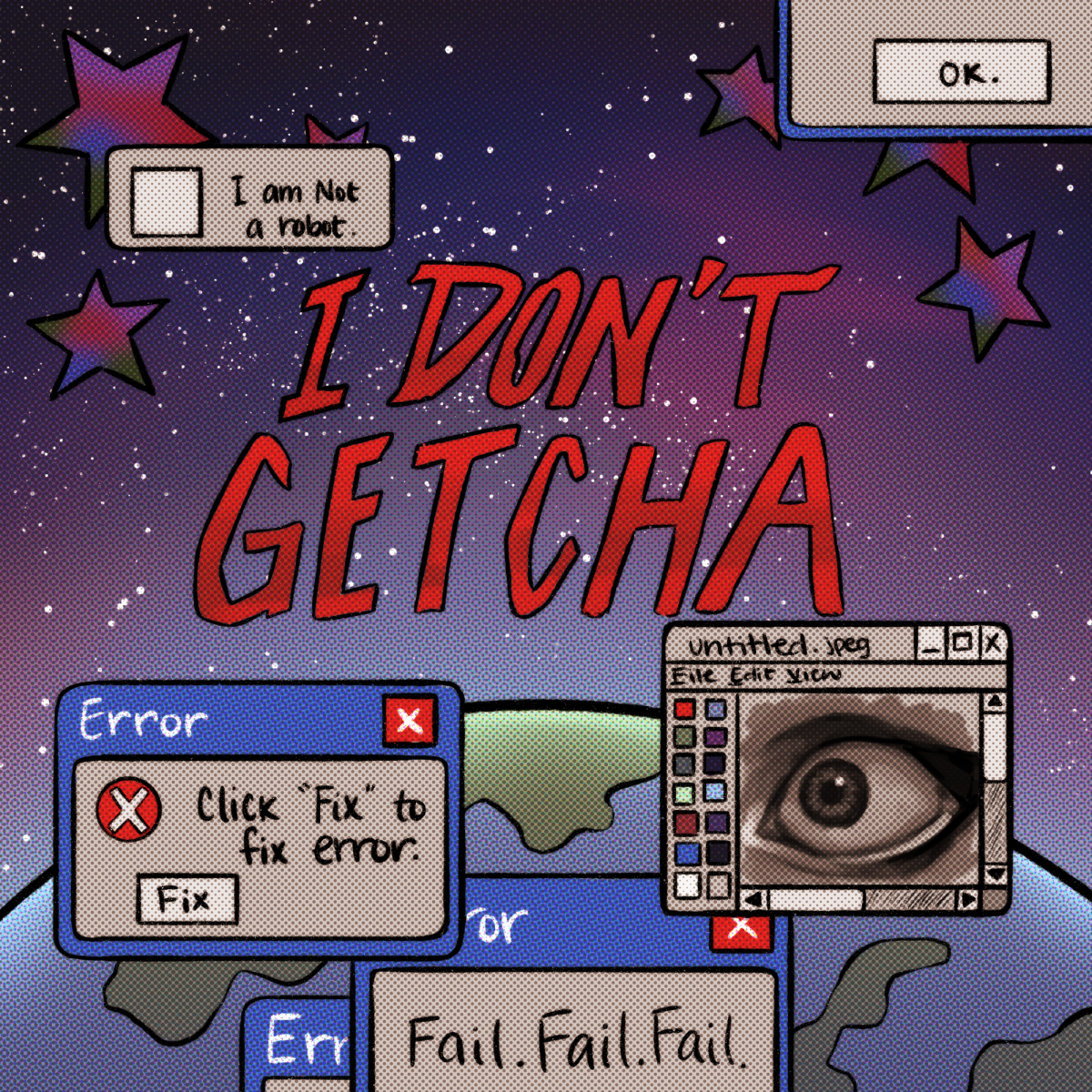Austin’s city lights are a big attraction for many, but those lights can be blinding if you’re not properly adjusted to them.
For many UT students, moving to Austin means navigating an entirely new set of challenges, from transportation to personal safety, all without the small town hospitality they grew up with. City and campus resources are a student safety net for anyone on the 40 Acres.
Transportation is an entirely different issue in the big city. Particularly in a rapidly growing city like Austin, getting around can be a stressful and even dangerous process.
“My friend was actually hit by a car on Guadalupe last year,” international relations sophomore Samuel Gillette said. Gilette said it was early on a weekend morning as the two were walking to a volunteer opportunity near campus. Despite the fact that the walk signal was on, the driver did not yield to pedestrians. “It made me realize that even when you’re doing everything right, it’s still important to be aware of people who might not be.”
Austin’s transportation authority Capital Metro, which according to its website serves a population of 1,234,773 with 81 bus routes in the Austin area, is your ally in riding safe in the city.
“Coming from a small town to a big city can be overwhelming,” said Ron Foster, a field supervisor for RATP Dev, a corporation which works closely with CapMetro to maintain Austin transportation. “It’s definitely important to be mindful of traffic.”
CapMetro provides students with many resources to ensure a safe and successful transportation experience, from the CapMetro App to online trip planning services, said Foster.
“We have a huge transportation system in the city, and it can be a big transition. Students should keep in mind that we’re all here to help you.” said Foster. “Everyone wants to see our riders get safely from point A to point B, so you should never hesitate to ask if you’re unsure of the route you should take or what will be near the stop you’re getting off at.”
Beyond transportation, the UT Police Department offers a growing number of resources for students, from their availability on campus and over the phone to an expanding social media presence.
“We’re working on making it easier than ever for students to stay connected to us,” said Chief of Police David Carter. He recommends that students follow UTPD’s Twitter account to stay updated on campus events and ongoing safety concerns, as well as his official Chief of Police account.
According to Carter, safety is a goal that can be reached cooperatively with UTPD and students being conscious of surroundings and communicating.
“The key factor to campus safety is awareness,” Carter said. UTPD works hard to make campus safe and comfortable, but whether or not they are successful is partly dependent on the student body Carter said.
On a campus the size of UT, opportunity for crime isn’t scarce. With a daytime population of 75-80,000 people, campus is a medium-sized city.
But Carter said being self-aware shouldn’t mean living in fear.
“There have been incidents of tragedy on campus,” said Carter. “But by and large, it’s a safe place where students can feel comfortable. Still, it can be even safer if students work with UTPD by keeping their eyes open and communicating about threats.”





















